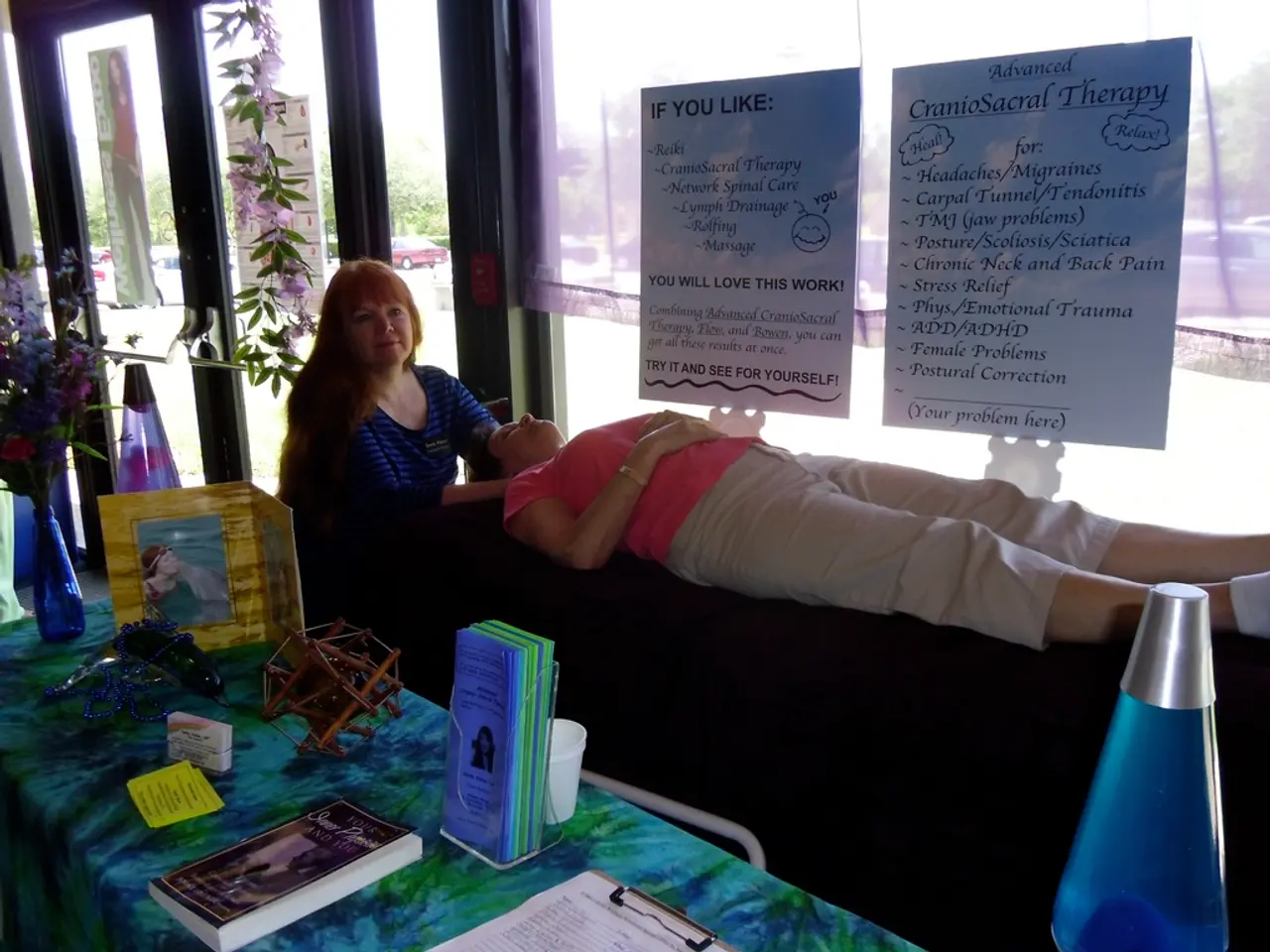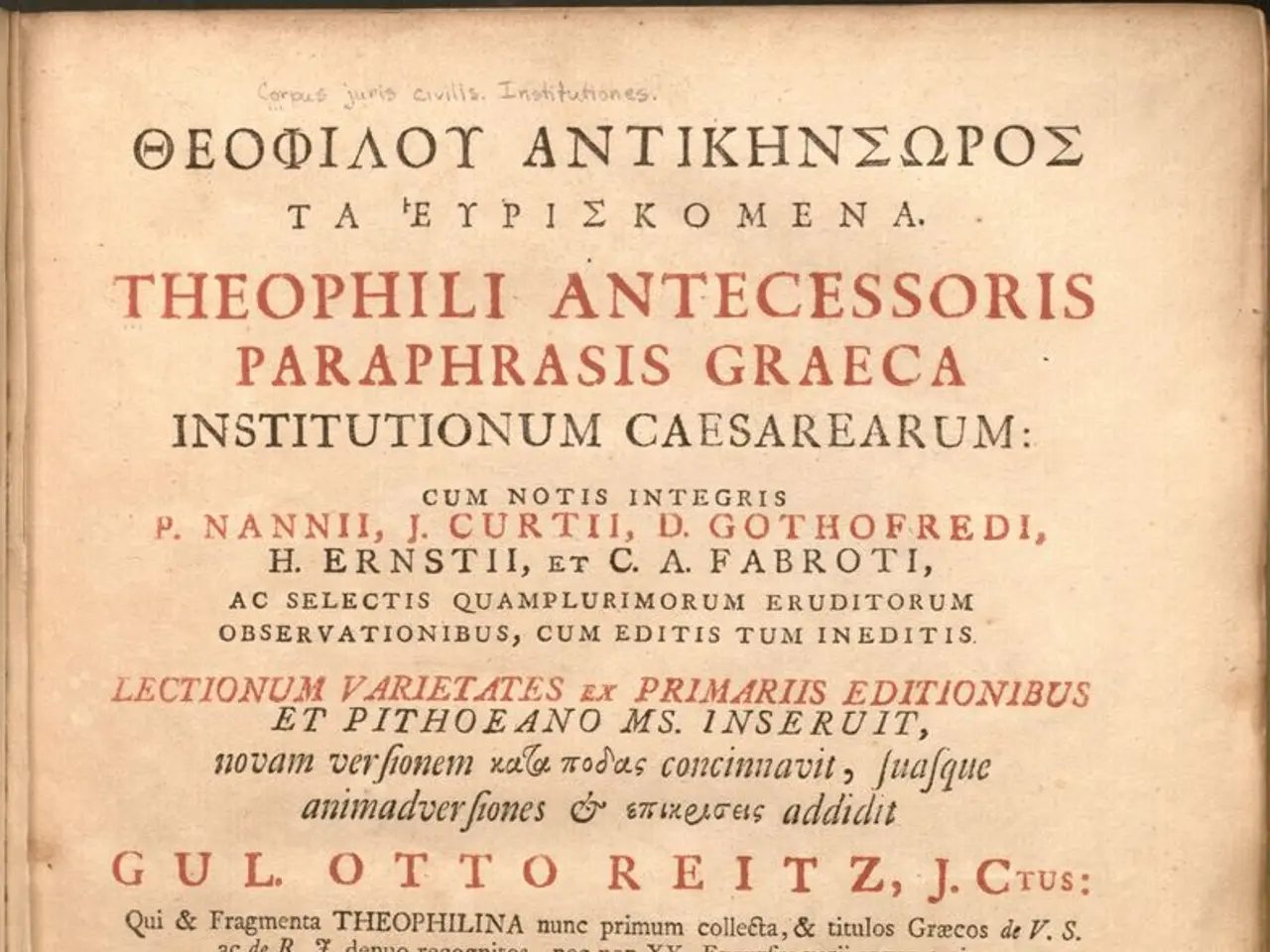In what circumstances are Trauma Writing Prompts most effective in a strategic context?
Trauma writing prompts, a method that involves creating a trauma narrative or expressive writing about traumatic experiences, have shown notable benefits in reducing PTSD symptoms and improving mental health overall.
According to recent research, about 70% of people face at least one potentially traumatic event, yet only 3.9% develop full PTSD. This statistic underscores the importance of finding effective ways to manage and process trauma.
One such method is writing therapy, which has evidence-based gains, low dropout rates, and brief duration. A meta-analysis reported that five sessions of Written Exposure Therapy (WET) were non-inferior to longer trauma treatments, with dropout rates hovering near 6%, far below typical trauma therapy rates that reach 20%.
Creating a trauma narrative through writing is associated with reduced PTSD symptoms, improved emotional regulation, and an increased sense of control over one's trauma experience. Expressive writing helps foster emotional liberation, alleviating symptoms of mental distress and promoting overall psychological healing.
However, it's essential to remember that trauma writing therapy is typically one element within a broader spectrum of trauma-focused treatments. Structured writing therapies can be as effective as cognitive behavioral therapy (CBT) in outpatient PTSD patients, suggesting writing interventions are a viable alternative or complement to standard treatments.
Cognitive Processing Therapy and Prolonged Exposure are currently more established as primary treatments for PTSD, with writing therapies often integrated as part of these modalities for symptom relief and emotional processing.
Regularity matters more than duration in using trauma writing prompts. Consistent practice keeps processing active without exhausting reserves. Trauma writing prompts can be stored in a password-protected app for privacy.
While writing can stir strong emotions, safety reminders include pausing, using the five-sense grounding list, or contacting a trusted person. If worsening nightmares or self-harm thoughts emerge during the use of written exposure therapy, professional help should be sought.
It's important to note that the effectiveness of trauma writing prompts for PTSD depends on readiness, support, and regular practice. They are an accessible adjunct, not a standalone cure. Ongoing research and more personalized treatment plans are crucial to optimize outcomes across diverse PTSD presentations.
In summary, trauma writing prompts are effective for symptom reduction and emotional growth in PTSD patients, especially when integrated into trauma-focused treatments and tailored to individual needs. They promote processing of avoided emotions and foster a greater sense of empowerment.
- Mindfulness strategies, such as using the five-sense grounding list, can provide safety reminders during the use of trauma writing prompts.
- The science of health-and-wellness has highlighted the benefits of therapies-and-treatments like Writing Exposure Therapy (WET), which have shown evidence-based gains and are non-inferior to longer trauma treatments in managing PTSD symptoms.
- Mental-health improvements can be achieved through various means, including structured writing therapies that have been found to be as effective as cognitive behavioral therapy (CBT) in outpatient PTSD patients, indicating writing interventions as a valuable addition or alternative to traditional treatments.




